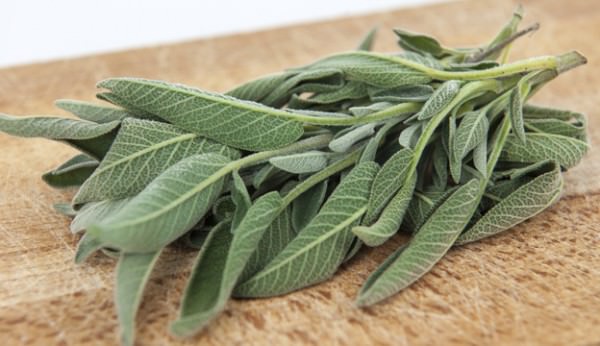
Size: 12 to 24 inches, depending on variety
Sunlight requirements: Full sun (A minimum of six hours of direct sunlight is ideal.)
Water requirements: About 1 inch of water per week
Soil requirements: Average, well-drained garden soil, high in organic matter
When to plant: Sage is a perennial herb. Plant young, nursery-bought transplants anytime during the growing season. If growing from seed, start indoors about eight to 10 weeks before the last expected frost. Plant outdoors after the danger of frost has passed and the soil has warmed.
Where to plant: Vegetable garden; herb garden; containers with other herbs
When to harvest: Harvest leaves as necessary, but try not to harvest more than one third of the plant at one time. Frequent light to moderate harvests encourage fresh, new growth and a bushier plant. Harvest before flowering for optimum flavor.
Produce storage: Store unwashed in a sealed plastic bag in the refrigerator, or dry it in a food dehydrator or by hanging small bunches upside down in a dry, cool place for one month. Store dried sage in canning jars or zipper-top, plastic bags.




